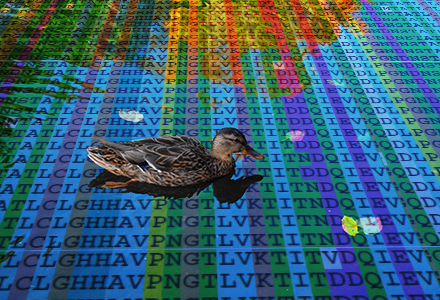Abstract
The Omicron variant spreads fastest as ever among the severe acute respiratory syndrome coronaviruses 2 (SARS-CoV-2) we had so far. The BA.1 and BA.2 sublineages of Omicron are circulating worldwide and it is urgent to evaluate the transmission advantages of these sublineages. Using a mathematical model describing trajectories of variant frequencies that assumes a constant ratio in mean generation times and a constant ratio in effective reproduction numbers among variants, trajectories of variant frequencies in Denmark from November 22, 2021 to February 26, 2022 were analyzed. We found that the mean generation time of Omicron BA.1 is 0.44–0.46 times that of Delta and the effective reproduction number of Omicron BA.1 is 1.88–2.19 times larger than Delta under the epidemiological conditions at the time. We also found that the mean generation time of Omicron BA.2 is 0.76–0.80 times that of BA.1 and the effective reproduction number of Omicron BA.2 is 1.25–1.27 times larger than Omicron BA.1. These estimates on the ratio of mean generation times and the ratio of effective reproduction numbers have epidemiologically important implications. The contact tracing for Omicron BA.2 infections must be done more quickly than that for BA.1 to stop further infections by quarantine. In the Danish population, the control measures against Omicron BA.2 need to reduce 20–21% of additional contacts compared to that against BA.1.
